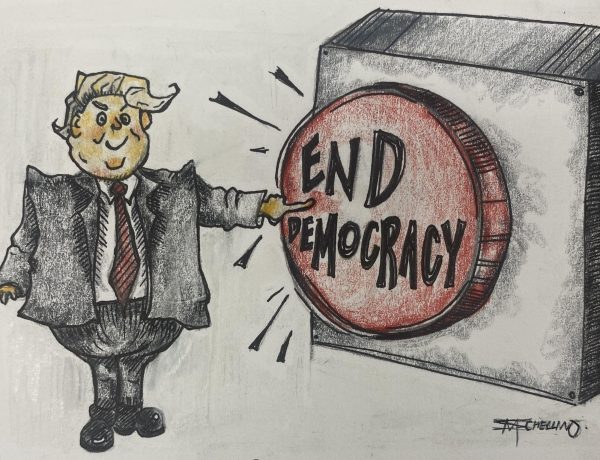The Failures of Diversity and Equity in the School System
Within the lives of students, difficulties are anticipated. They are an expectation that comes with the experience. However, that does not make them any less of a nuisance, or deterrence to those individuals.
There is a multitude of international transfer students in the United States. Those who are from out of the country and enroll to a school in America do so for reasons such as family relocation, educational opportunities, or personal proclivity. But with these modifications are the corollaries that come with. Common prevalent problems that international transfer students encounter, include of, but are not limited to just:
Social integration: Amidst an unfamiliar domain, international transfer students may find it difficult to acclimate to their new school community. They may feel withdrawn, excluded, or misunderstood amongst the other students, as finding people to befriend who share similar interests, ideals, or backgrounds, could be arduous.
Time management: These transfer students also have less time in comparison to other students who’ve already attuned themselves to their environment. In a shorter period of time, they still have to deal with multiple changes, and maintain balance in their academic, emotional, and interpersonal responsibilities.
Academic performance: Students, without doubt, experience some sort of academic challenges. For international transfer students, they could be dealing with these difficulties- understanding content, completing assignments, taking tests- which are intensified, due to the different curricula, teaching methods, grading systems, and expectations.
Credit transfer: Unfortunately, when a student transfers, especially from international borders, not all of the credits they’ve earned from their previous schools get conveyed with them, or accepted. This can drastically affect their graduation requirements, course selection, academic progress, as well as limit their opportunities, despite them having the capability to not have to repeat, or take extra courses, to “catch up”.
To subjugate these predicaments, international transfer students must have adequate guidance, and resources, from their schools. It must never reach such an extremity before something must be done, and the school system is implored to provide accommodations and services to those individuals. By addressing the barriers, and providing support in the academic environment, when need be, promoting and facilitating diversity and inclusion, can be done so, correspondingly.





